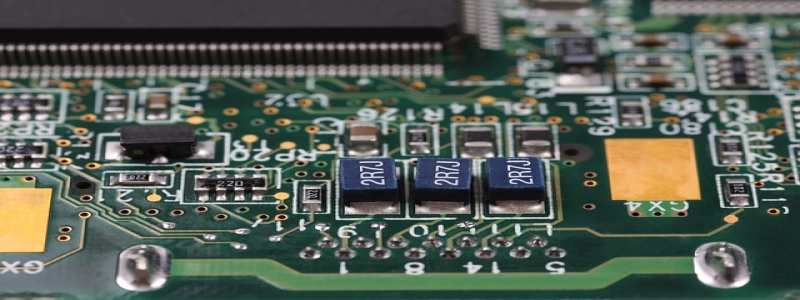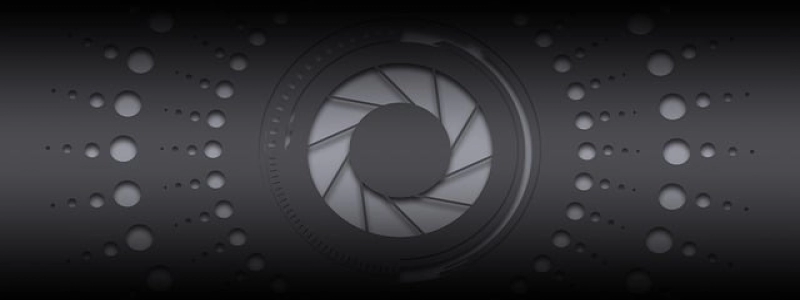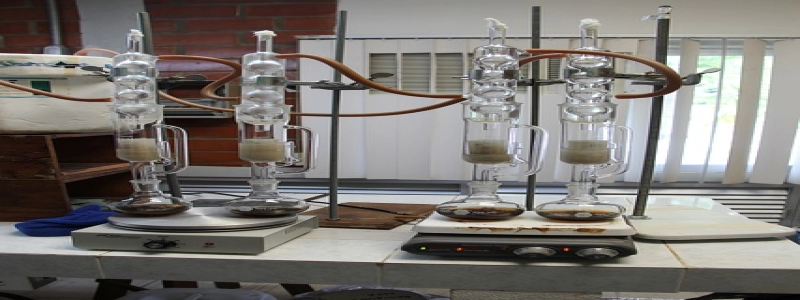Fiber to Ethernet Cable
Sissejuhatus:
The advancement in technology has revolutionized the way we communicate and access information. The demand for high-speed internet and seamless connectivity is ever-increasing. Fiber to Ethernet cable is one such development that has significantly improved network performance and reliability. Selles artiklis, we will explore what fiber to Ethernet cable is and how it works.
I. What is Fiber to Ethernet Cable?
Fiber to Ethernet cable, also known as fiber optic Ethernet cable, is a type of cable that combines the benefits of fiber optic technology with the familiarity of Ethernet technology. It allows for the transmission of data over long distances at incredibly high speeds by utilizing fiber optics as the medium of transmission and Ethernet as the protocol for communication.
II. How Does it Work?
1. Fiber Optics:
Fiber optics is a technology that utilizes thin strands of glass or plastic fibers to transmit data in the form of light pulses. These fibers are designed to guide the light signals through internal reflection, ensuring minimal loss and maximum speed. Fiber optics offer several advantages over traditional copper cables, including higher bandwidth, lower latency, and immunity to electromagnetic interference.
2. Ethernet Protocol:
Ethernet is a widely used networking protocol that enables the transmission of data between devices in a local area network (LAN). It provides a set of rules and standards for organizing data packets, enabling devices to communicate efficiently. Ethernet has evolved over the years, with different variations like 10BASE-T, 100BASE-TX, and 1000BASE-T, each offering increased data transfer rates.
3. Fiber to Ethernet Conversion:
The fiber to Ethernet cable acts as a bridge between fiber optic networks and Ethernet devices. It converts the optical signals transmitted through the fiber optic cables into electrical signals that Ethernet devices can understand. This conversion is achieved using specialized transceiver modules that are equipped with both fiber optic and Ethernet connectors. These modules receive the optical signals and convert them into electrical signals, allowing for seamless data transmission.
III. Benefits of Fiber to Ethernet Cable:
1. High Speed:
Fiber to Ethernet cable offers lightning-fast data transfer speeds, making it ideal for applications that require large data transfers or real-time communication. It can support bandwidths ranging from 10Mbps to 10Gbps, ensuring speedy and reliable network connectivity.
2. Long Distance Transmission:
Fiber optics allows for data transmission over long distances without significant signal degradation. Fiber to Ethernet cable can transmit data up to several kilometers without loss of quality, making it suitable for connecting remote locations or large-scale networks.
3. Reliability and Immunity:
Fiber optic cables are immune to electromagnetic interference and do not suffer from signal loss due to crosstalk. This ensures a stable and consistent network connection, even in environments with high electrical noise or heavy data traffic.
Järeldus:
Fiber to Ethernet cable is a powerful solution that combines the advantages of fiber optic technology with the familiarity of Ethernet. It offers high-speed, long-distance transmission and ensures reliable network performance. As the demand for faster and more reliable connectivity continues to grow, fiber to Ethernet cable will play a crucial role in meeting these requirements.








